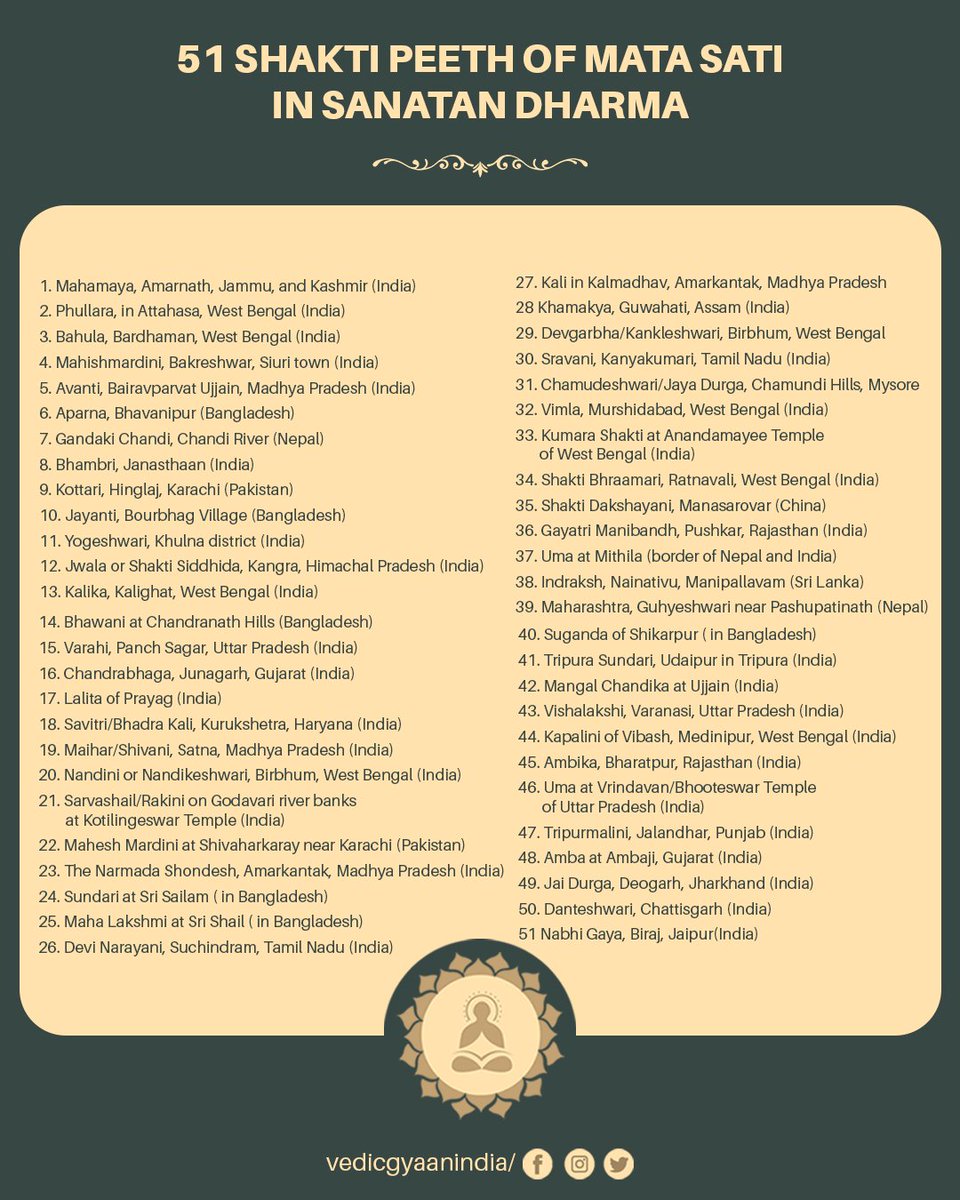
The shankh originated during the Churning of the ocean (Samudra Manthan) and Shri Vishnu can be seen holding it in his hand in many pictures and sculptures. Blowing a conch shell enhances the positive psychological vibrations such as courage, determination, hope, optimism, 

willpower, and bliss that can be felt by all people assembled and also by the blower. Conch blowing can provide a great exercise for, urinary tract, bladder, lower abdomen, diaphragm, chest, and neck muscles. You exercise the rectal muscles in the process of blowing a shankh thus
strengthening the rectal muscles and preventing problems that occur due to the gradual weakening of the rectal muscles. It is believed that the sound emerging from the conch helps in sanitizing the nearby environment from various types of germs and harmful insects like mosquitoes
Thus, reducing the chances of getting affected by the infections.
• • •
Missing some Tweet in this thread? You can try to
force a refresh







